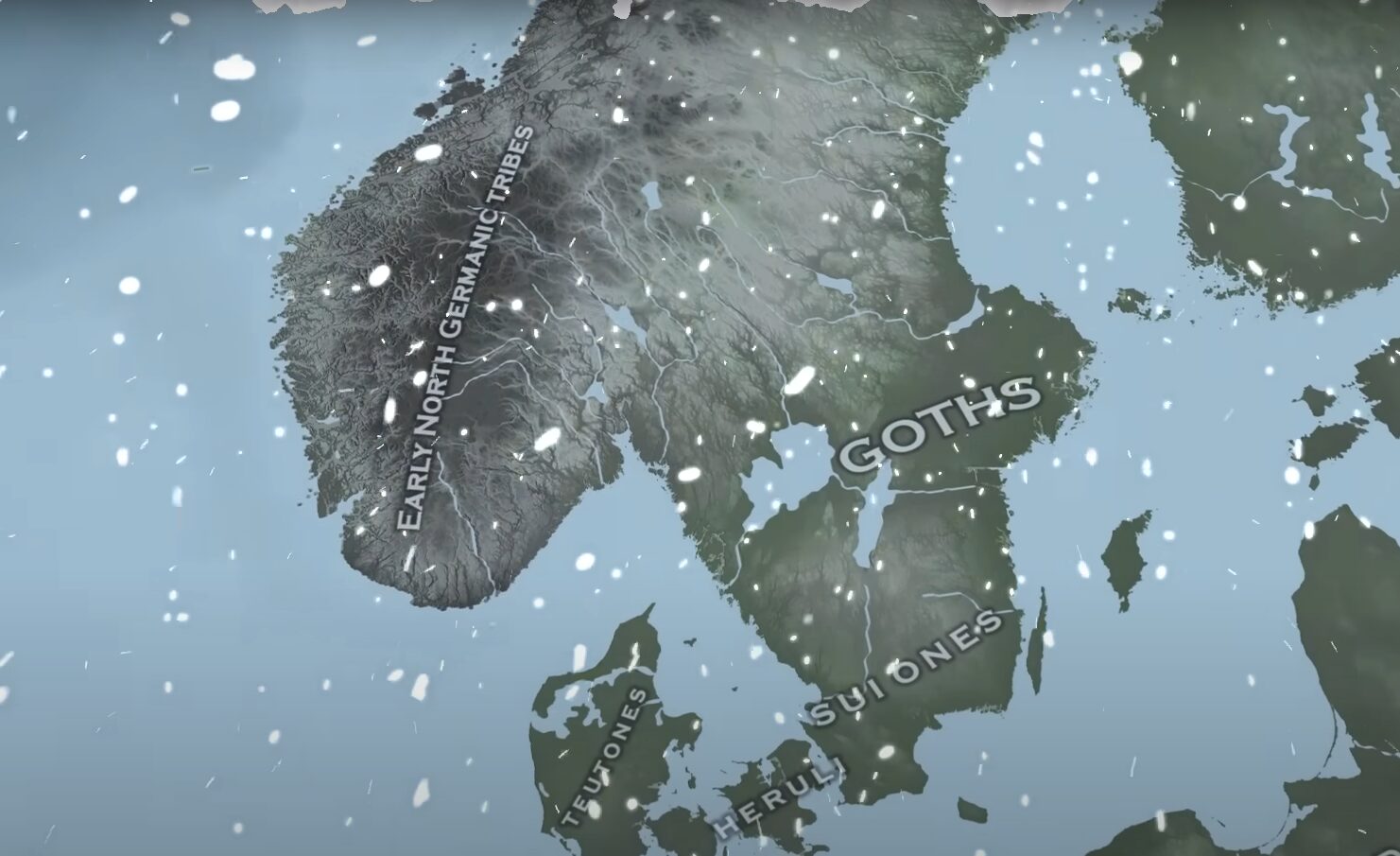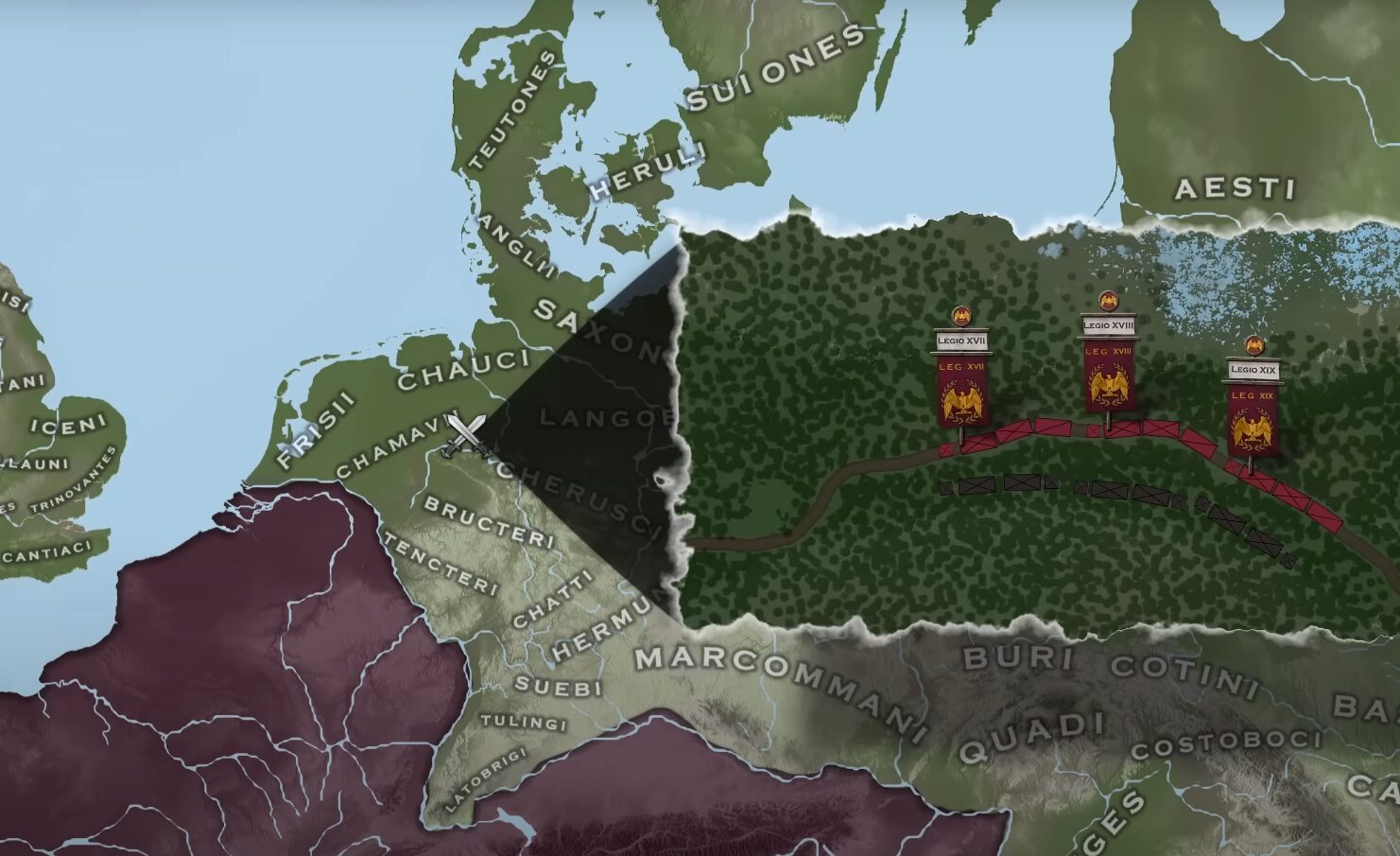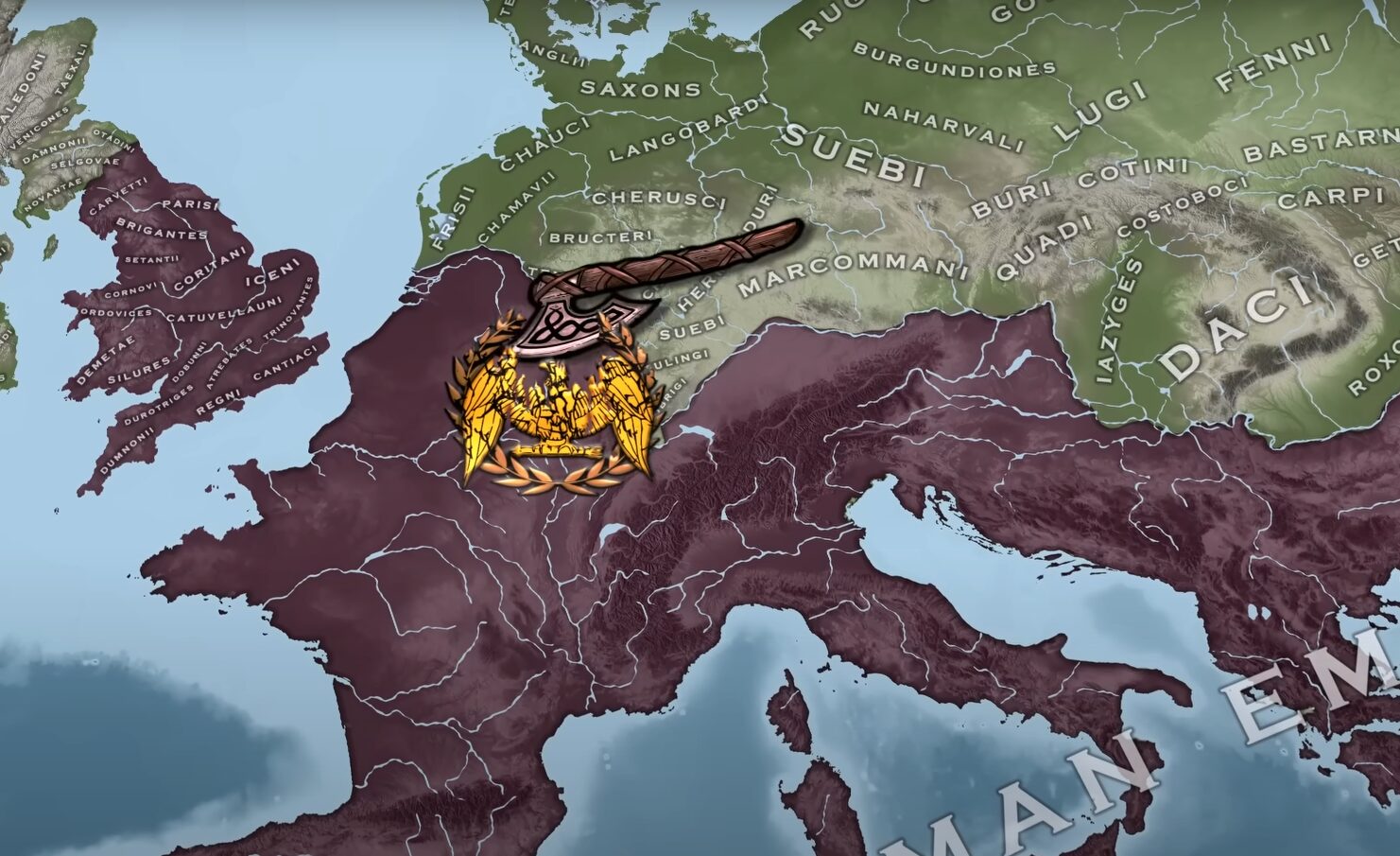The Roman Empire expanded across vast territories, yet it never advanced into the northern lands of Scandinavia. This region, made up of rugged terrain, dense forests, and a harsh climate, posed significant challenges to any large-scale military campaign. Its scattered tribal societies, skilled in resisting invaders, added another layer of difficulty for an empire accustomed to fighting on open battlefields.
Beyond military concerns, the area offered limited economic rewards compared to other regions Rome conquered. The empire could already access Scandinavian goods through trade, avoiding the risks and costs of direct control. Over time, shifting political priorities and the need to defend existing borders made northern expansion an even lower priority.
Key Takeaways
- Harsh terrain and climate made northern campaigns difficult
- Limited resources reduced the incentive for conquest
- Rome focused on defending its borders instead of expanding north
Physical Obstacles to Roman Advancement
Difficult Landscapes of the Northern Peninsula
The Scandinavian region featured steep mountains, deep fjords, and dense forests that made large-scale troop movement slow and costly.
Roman military tactics relied on open, flat ground for organized formations, which this rugged terrain did not provide.
Travel routes were limited, forcing armies to take narrow paths that could be easily defended or ambushed.
Key Terrain Features:
| Feature | Impact on Roman Forces |
|---|---|
| Mountains | Slowed movement, reduced visibility |
| Fjords | Limited access and required naval transport |
| Forests | Allowed defenders to hide and strike unexpectedly |
Severe Weather of the Northern Lands

The cold climate brought long winters and short growing seasons, making it hard to feed and supply an army.
Roman soldiers, used to warmer regions, would have struggled to adapt to freezing temperatures and snow-covered battlefields.
Limited agricultural output meant fewer local resources to support a prolonged campaign.
Built-In Defenses from Nature
The Baltic and North Seas formed natural water barriers that separated Scandinavia from mainland Europe.
Any invading force would have needed to cross these waters, adding logistical challenges and the risk of naval losses.
Once ashore, the combination of remote settlements, scattered tribal territories, and difficult terrain created a defensive advantage for local inhabitants.
Natural Barriers at a Glance:
- Seas – Slowed invasion and supply efforts
- Sparse Settlements – Reduced targets for occupation
- Tribal Structure – Enabled quick dispersal and regrouping of defenders
Military Challenges and Roman Campaigns
Clashes with Northern Germanic Peoples
Roman forces first encountered the northern Germanic tribes during Julius Caesar’s campaigns in the 1st century BC. These early clashes established a foothold along the west bank of the Rhine but did not bring full control. Later, Emperor Augustus sought to push deeper into Germania, aiming for complete conquest.
Key Points:
- Initial successes were limited to western regions.
- Germanic tribes maintained independence beyond the Rhine.
- Terrain and tribal mobility complicated Roman advances.
The Disaster in the Teutoburg Forest

In 9 AD, three Roman legions under Publius Quinctilius Varus marched into the dense Teutoburg Forest. Germanic warriors, led by Arminius, ambushed them in difficult terrain. The result was the destruction of about 25,000 Roman soldiers, ending Rome’s plans for full annexation of Germania.
| Event | Year | Outcome |
|---|---|---|
| Ambush in Teutoburg | 9 AD | Three legions destroyed |
| Commander | Publius Quinctilius Varus | Killed in battle |
| Opposing Leader | Arminius | Victory for Germanic tribes |
Hit-and-Run Tactics and Local Resistance
Germanic fighters often avoided direct, open battles. Instead, they used hit-and-run attacks, knowledge of forests, and shifting positions to wear down invaders. This style of warfare was difficult for Roman legions, which were trained for organized engagements on open ground.
Common Resistance Methods:
- Ambushes in wooded terrain.
- Striking supply convoys.
- Withdrawing into mountains and forests to avoid capture.
Strained Supply Routes and Distance Problems
Any Roman push into the far north would have required long and vulnerable supply lines. Food, weapons, and equipment had to travel through hostile territory. If these routes were cut, Roman forces would be stranded without resources.
Challenges for Northern Campaigns:
- Long distances from established Roman bases.
- Exposure to attacks on transport routes.
- Harsh climate reducing access to local provisions.
These combined military difficulties made further expansion into northern Europe a costly and risky prospect for Rome.
Economic Considerations and Strategic Importance
Limited Natural Wealth in the North
Scandinavia offered few resources that the Roman Empire considered worth the cost of conquest. While the region had timber and furs, it lacked the rich farmland, precious metals, and dense population centers that Rome often sought. The rugged mountains, deep fjords, and dense forests made large-scale farming difficult, and the short growing season limited agricultural output.
| Resource | Availability | Strategic Value to Rome |
|---|---|---|
| Timber | High | Moderate – already accessible through trade |
| Furs | High | Low – luxury item, not essential |
| Farmland | Low | Low – poor climate for Roman crops |
| Metals | Low | Low – scarce compared to other regions |
Balancing Costs and Potential Gains
Conquering and holding Scandinavia would have required long supply lines vulnerable to attack. Harsh winters and difficult terrain would have slowed troop movement, increased costs, and reduced the effectiveness of Roman formations. The expense of building roads, forts, and garrisons in such a remote area would likely outweigh any economic return.
Key cost factors:
- Distance from Roman centers → high transport costs
- Challenging terrain → slow movement and higher troop fatigue
- Low resource value → limited economic payoff
Trade as an Alternative to Expansion
Rome already accessed Scandinavian goods through established trade with Germanic tribes. This network allowed the empire to obtain timber, furs, and other northern products without military occupation. Maintaining peaceful trade routes was far cheaper and less risky than launching a campaign into unfamiliar and resistant territory.
Examples of traded goods:
- Timber for construction and shipbuilding
- Furs for clothing and luxury markets
- Small amounts of amber and other natural materials
This approach let Rome benefit from northern resources while avoiding the heavy burden of conquest.
Political Priorities and Changing Tactics
Emphasis on Defending Key Borders
After early attempts to push deeper into northern Europe ended in heavy losses, Roman leaders placed greater importance on holding secure positions along the Rhine and Danube rivers. These natural barriers acted as strong defensive lines, allowing the empire to control movement in and out of its territory. Maintaining these frontiers became a long-term strategy to protect the empire from unpredictable northern tribes.
Key defensive measures included:
- Permanent forts and watchtowers
- Road networks for rapid troop movement
- Garrisons stationed year-round
Balancing Internal Struggles and Outside Pressures
As the empire grew, it faced frequent unrest within its own borders while also defending against hostile forces beyond them. Germanic tribes in particular pressed against frontier defenses, forcing Rome to commit large numbers of troops to repel raids. This pressure limited the ability to launch long-distance campaigns into unfamiliar northern lands.
| Challenge | Impact on Expansion |
|---|---|
| Civil unrest | Diverted resources |
| Frontier raids | Required constant defense |
| Political instability | Reduced long-term planning |
Strain from Expansion and the Path to Decline
By the 3rd century AD, the Roman Empire had reached a size that was difficult to govern and defend. The cost of maintaining armies, infrastructure, and administration across vast territories drained the treasury. Leaders shifted their focus from adding new lands to preserving existing ones. The combination of stretched resources, ongoing threats, and limited economic gain from remote regions like Scandinavia made further northern expansion unlikely.
Reasons for reduced expansion efforts:
- High military and supply costs
- Limited valuable resources in target areas
- Greater priority on defending current holdings

Continued Autonomy of the Northern Peoples
The tribes of Scandinavia maintained their independence throughout the Roman era. They lived in small, self-governing communities led by local chieftains. Most people farmed the land, raised livestock, and lived in longhouses that sheltered both families and animals.
These communities were skilled in guerrilla-style defense, using forests, mountains, and fjords to their advantage. The region’s rugged terrain and harsh climate made it difficult for foreign armies to invade or maintain control.
Key Factors That Preserved Their Freedom:
| Factor | Impact on Foreign Invasion |
|---|---|
| Dense forests and steep mountains | Limited large-scale troop movement |
| Cold climate | Reduced agricultural support for armies |
| Small, mobile tribal forces | Could evade and ambush invaders |
| Long supply lines for attackers | Risk of isolation and shortages |
Emergence of the Viking Era
Centuries after Rome’s peak, Scandinavia saw the rise of the Viking Age. The same independence and resilience that had kept foreign powers away now fueled a period of expansion.
Vikings became known as raiders, traders, and explorers, traveling far beyond their homeland. While farming remained central to life, seafaring allowed them to reach coasts across Europe and beyond.
Notable Aspects of the Viking Transformation:
- Use of advanced longships for swift travel and raids
- Expansion into trade networks linking Europe, Asia, and the North Atlantic
- Continued reliance on strong local leadership rather than centralized rule
